Your question is basically just this:

simulate this circuit – Schematic created using CircuitLab
Obviously, at first, the drop across \$R_\text{LOAD}\$ is \$0\:\text{V}\$ and so \$V_\text{OUT}=V_\text{CC}\$. But as you "pull" more current out of \$Q_1\$'s emitter, there's an increasing voltage drop across \$R_\text{LOAD}\$ until the point where \$V_\text{OUT}\approx 0\:\text{V}\$ (because \$I_1\cdot R_\text{LOAD}\approx V_\text{CC}\$. This is about when the BJT just starts to go into saturation.
As you pull still more current out of the emitter, the collector will drop a little bit further. But only until it gets to about one diode drop below ground. Keep in mind to make the emitter go \$60\:\text{mV}\$ still more negative (and if \$I_1\$ pulls hard enough the emitter will become still more negative), 10 times as much current must be pulled out of the emitter. And the collector cannot go more negative than the emitter itself. The BJT will be in deep saturation when the collector is within a few hundred millivolts or less of the emitter voltage. At this point the collector is barely moving (just as the emitter is barely moving.)
The collector current, in very deep saturation, is quite limited now (by the load resistance) and effectively hits a barrier and cannot increase much further. The base current continues to increase until the base current actually exceeds the collector current and it continues on in that way.
At really high currents that no one actually uses (and an indestructable BJT) the Ohmic resistances pretty much take over, though. (Usually those are neglected in simplified cases like this.)

